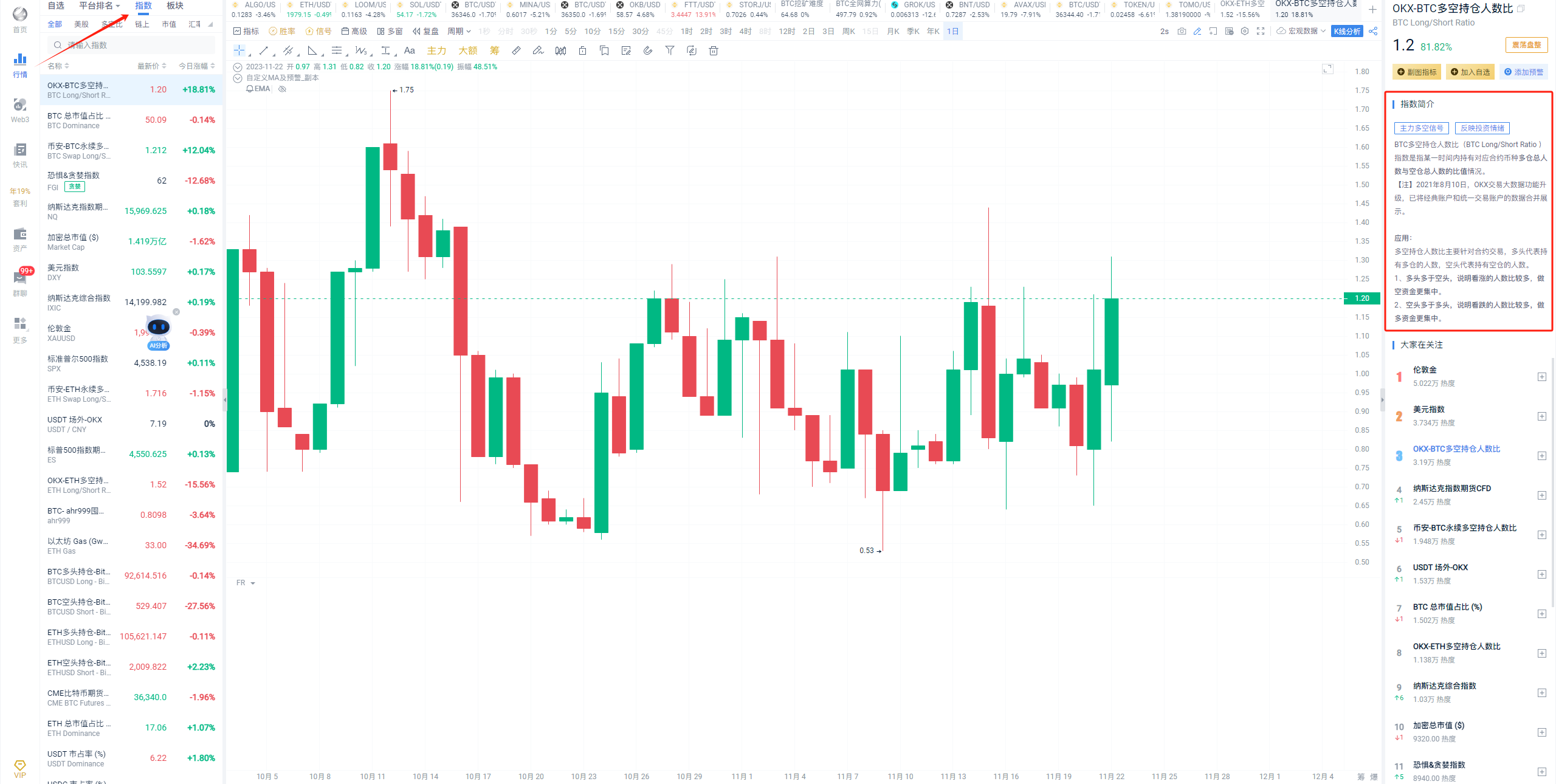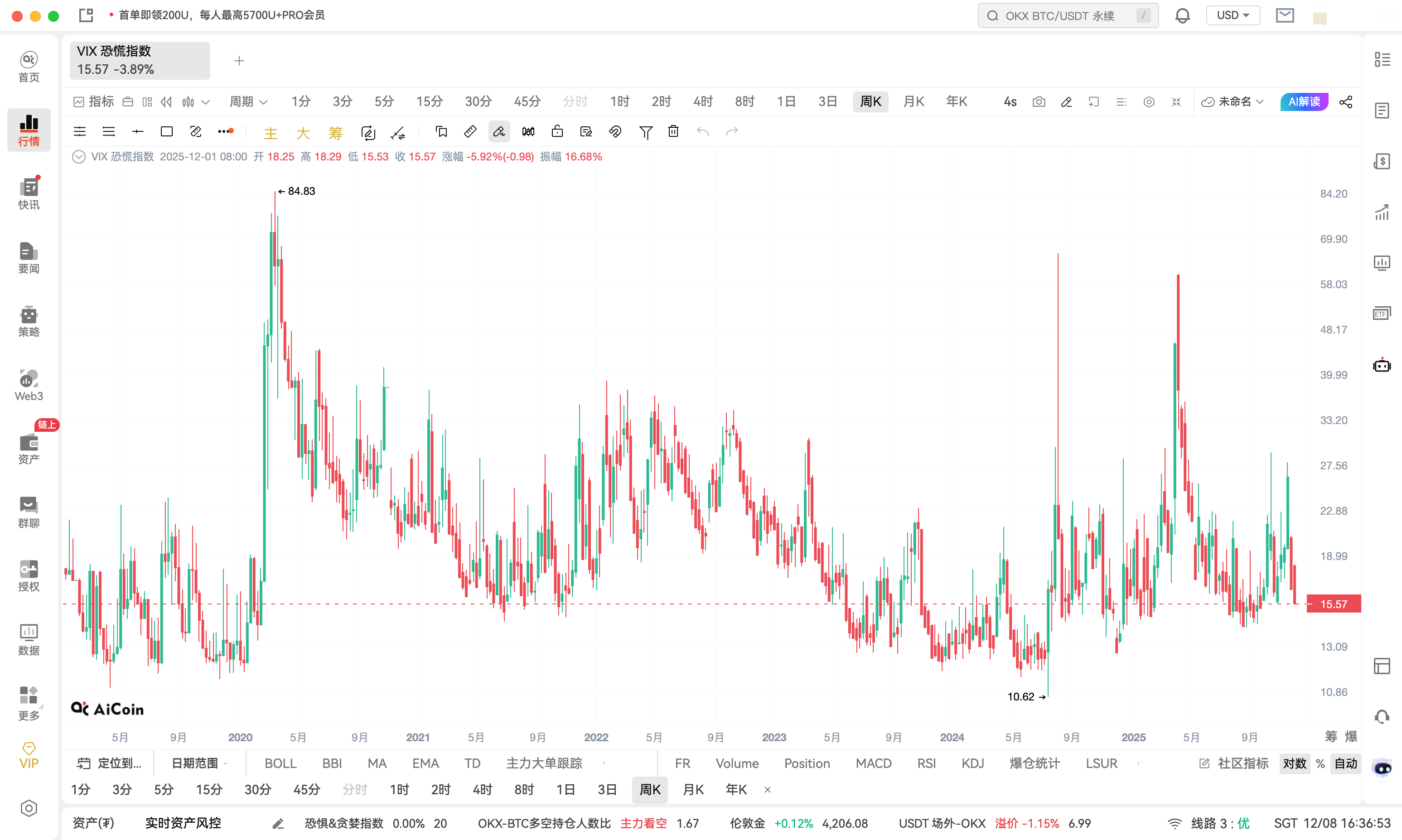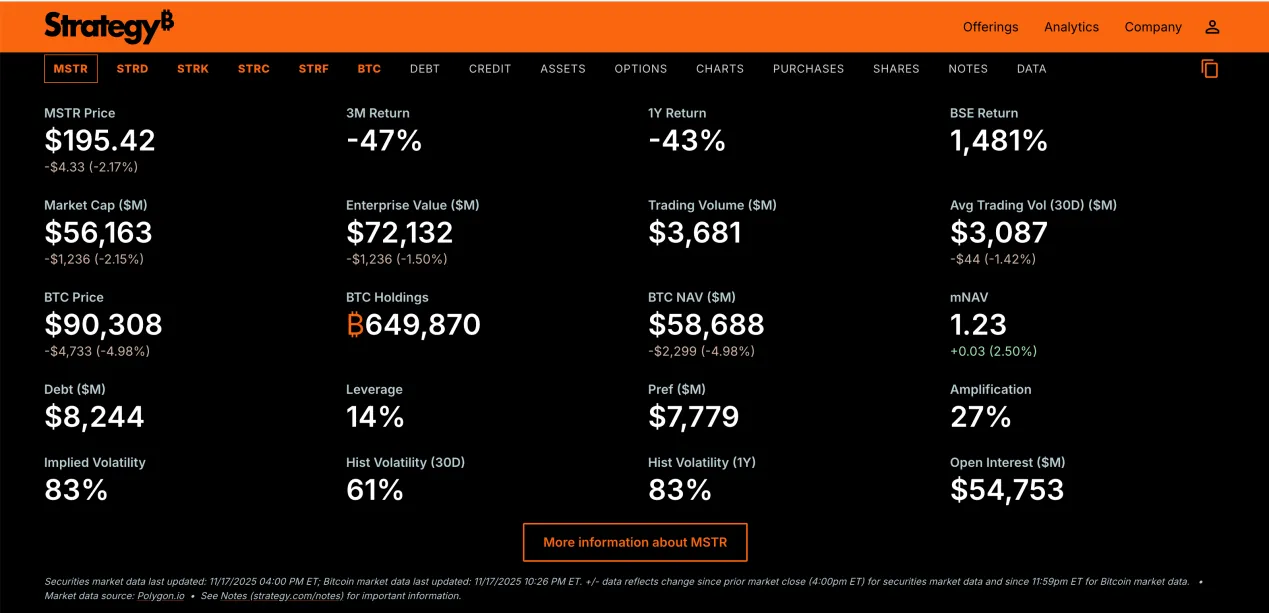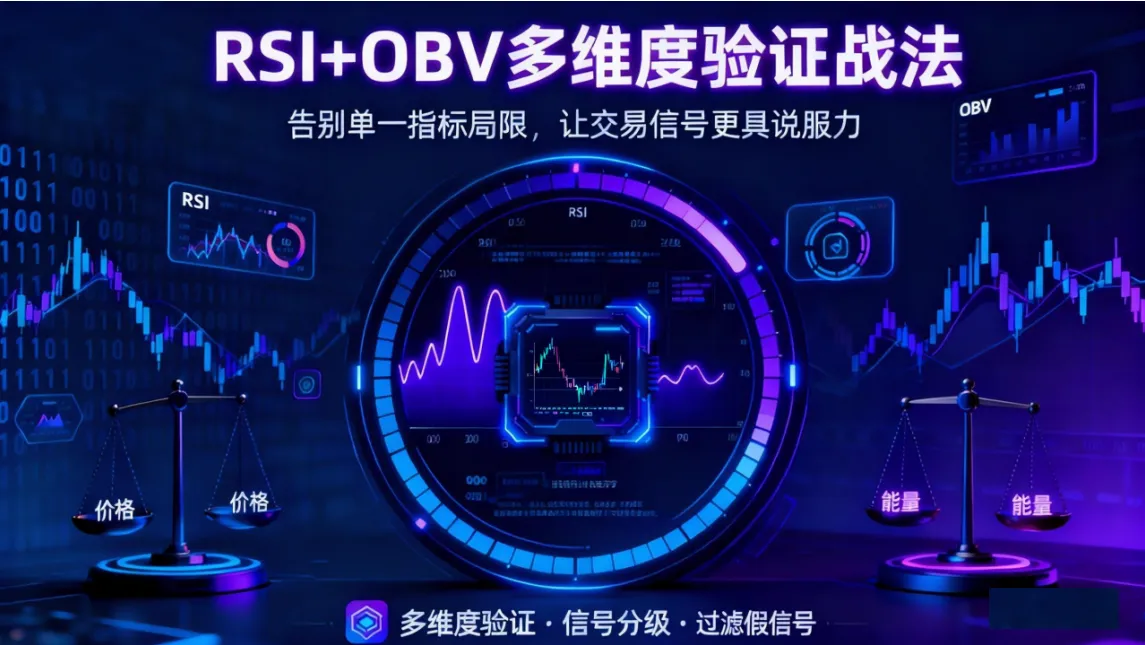Introduction to Long-Short Position Ratio
The long-short position ratio is a key indicator for measuring the comparison of bullish and bearish forces in the market. It reflects investors' expectations for the future price movements of specific assets, providing important references for analyzing market sentiment and trends.
The long-short position ratio is typically measured through trading instruments such as the futures market and is one of the important tools used by investors to judge market direction and risk.
Application of Long-Short Position Ratio
The long-short position ratio mainly applies to contract trading, where the long side represents the number of people holding long positions, and the short side represents the number of people holding short positions.
- When the number of long positions exceeds the number of short positions, it indicates that there are more bullish investors, and the short funds are more concentrated.
- When the number of short positions exceeds the number of long positions, it indicates that there are more bearish investors, and the long funds are more concentrated.
Example: If the long-short ratio is 1.5, it means that the number of people holding long positions is 1.5 times the number of people holding short positions. However, the value of the positions held by both sides of the contract is equal. This indicates that there are more individual investors on the long side, with less money per person, while on the short side, there are fewer individuals with more money per person, indicating a higher proportion of institutional investors.
Impact of Long-Short Position Ratio
The changes in the long-short position ratio have profound effects on the market. Firstly, it serves as a barometer of investor sentiment. Market participants tend to follow trends, so the changes in the long-short position ratio can serve as a leading indicator of market trends.
Secondly, the drastic fluctuations in the long-short position ratio may lead to intense market price fluctuations, as the buying and selling decisions of a large number of investors can trigger significant market movements.
In addition, the long-short position ratio can also be used to assist in risk management. When the long-short position ratio leans towards extreme values, it may indicate an overbought or oversold situation in the market, and investors should carefully adjust their positions to avoid potential risks. The impact of the long-short position ratio extends far beyond this, intertwining with various factors such as macroeconomic factors, policy changes, and more, creating a complex and intricate influence on the market.
Conclusion
As a tool for measuring market sentiment, the long-short position ratio provides investors with a way to gain deep insights into market trends. By analyzing the power balance between the long and short sides, investors can better understand market expectations and risks. However, it is important to note that the long-short position ratio is not an absolute market prediction tool. It needs to be combined with other technical indicators and fundamental analysis to arrive at more comprehensive and accurate conclusions. In investment decision-making, rational analysis and comprehensive consideration are key to ensuring success.
Method for Querying Long-Short Position Ratio
AICoin provides access to the long-short position ratio index. For more index details, please visit the AICoin index section.
For more information, please download AICoin: https://www.aicoin.com/

免责声明:本文章仅代表作者个人观点,不代表本平台的立场和观点。本文章仅供信息分享,不构成对任何人的任何投资建议。用户与作者之间的任何争议,与本平台无关。如网页中刊载的文章或图片涉及侵权,请提供相关的权利证明和身份证明发送邮件到support@aicoin.com,本平台相关工作人员将会进行核查。




